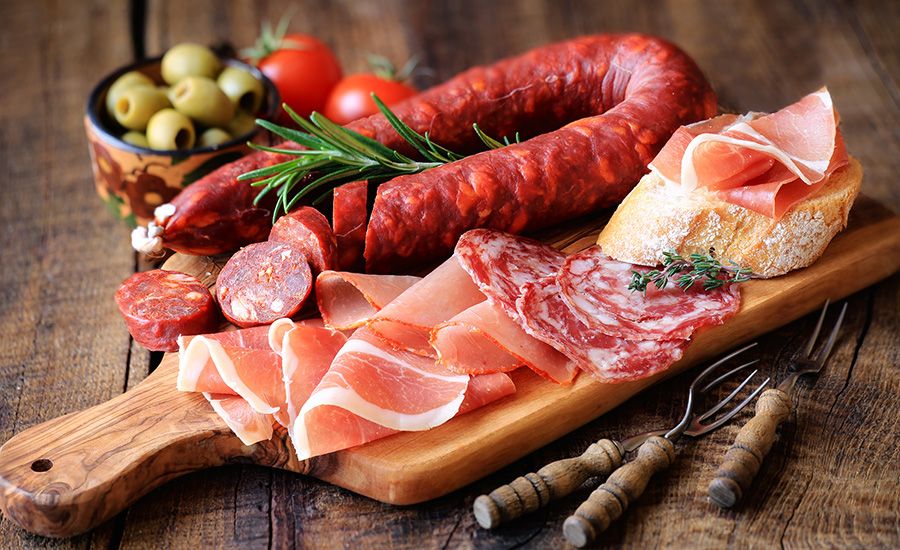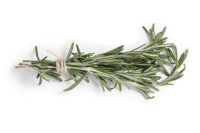Maximizing a product’s shelf life depends upon multiple factors, from formulation to packaging, to cold chain management.
“If packaging and cold chain management are neither sufficient nor reliable, adjustments to the formulation such as decreasing the water activity, pH or moisture can come into play,” said Rob Ames, director of business development at Corbion. “Ingredients are chosen to complement the formulation characteristics to optimize or extend the shelf life. It is also common for formulators to seek solutions that will ensure Listeria does not grow in excess of 1 CFU per gram and aerobic plate counts don’t exceed 6 log CFU per gram at the end of the declared use-by date. Even then, products are expected to be validated with weeks to spare, which gives brands added peace of mind.”
Optimizing shelf-life extension for shelf-stable processed meat products (such as meat snacks or summer sausage) brings specific quality and food safety considerations, he said.
“In shelf-stable lines, we’re not likely to consider bacteria spoilage a risk unless there’s a chance that the water activity drifts upward with the absorption of environmental moisture during storage,” Ames said. “The chief concerns are molds, yeast, and sometimes oxidation off-flavors. In dried meat snacks, the preservation system comes with trade-offs. We dry meat to ensure its shelf life, but there’s a cost to yield and quality the further we go. Functional ingredients like ferments or flavor ingredients like sugar and salt can be used to counter these downsides and allow for higher moisture products that are still quite robust against mold.”
Many processors are opting to use high-pressure processing not just as a food safety intervention but also for its shelf life extension benefits — one of which is simplifying product formulations due to being able to remove some preservatives.
“One of the best things about it is it helps us clean up labels,“ said Jasmine Sutherland Lewis, president of Texas Food Solutions, an HPP tolling, and product innovation facility in Houston. “It helps us create a more natural product that consumers are asking for at retail, and it helps us safely extend shelf life pretty considerably.”
Applying HPP to products can extend product shelf life up to six times depending on the product and its composition, without altering its current packaging or product formulation, she said.
“We want to stay true to the identity of the product, but we want to make it better,” she said. “(HPP) is a safety net. It’s a complete insurance policy that product will be pathogen negative.”
Pathogens that can grow under storage conditions are the key food safety consideration when extending a product’s shelf life, Ames said.
“Most often, our customers will focus on solutions to control Listeria using Corbion’s Listeria Control Model and their own validations to ensure that the Listeria control strategy well exceeds the intended shelf-life of their products,” he said. “Along with this, it’s wise for manufacturers to consider how the ingredients they select to help extend shelf-life might control other pathogens. Lactate, for example, is a proven tool for shelf-life extension and is also an inhibitor of Clostridia perfringens and botulinum.”

.png?height=96&t=1647275041&width=96)



Report Abusive Comment